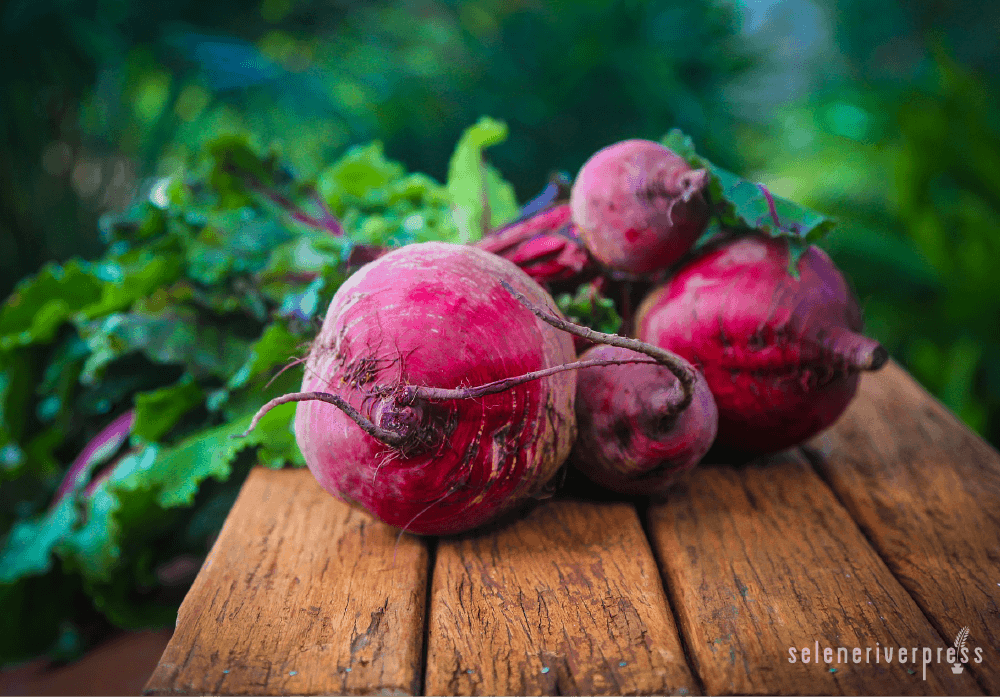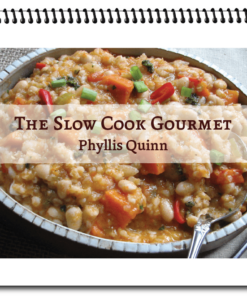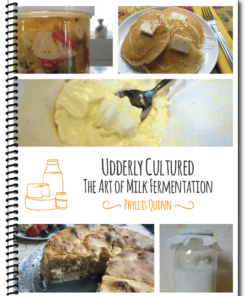Ask Chef Phyllis:
It’s been a long time since I thought of making beets at home. They’re messy, with all that boiling in a big pot—plus they’re hard to peel and stain my hands. But I’ve heard recently that beets and beet greens are good for the blood. I like the taste of garden-grown beets best but don’t like the work. I never see any recipes for beets other than pickled or Harvard style. Any suggestions?
–Anna Kawalski from Ann Arbor, Michigan
Often overlooked, beets are the “not-on-the-menu-often-enough” vegetable. And beet greens are too! They come in a wide variety of astonishing colors, from cream to orange to red to deepest purple, all beautiful and sweet. So how come we ignore them?
I know the process of cooking garden-fresh beets takes some attention and time, but the taste and nutrition are worth it. Forget about the long-standing method of boiling—it falls short when compared to the European method of pan roasting. Cooks now agree to scrub them with a kitchen brush, never peel or boil them, and roast them slowly to perfection.
Beet greens are delicious, nutritious, and unexpectedly interesting in salads and soups. For salad, choose young and tender greens, and always wash them thoroughly. Then dry them on paper towels before adding to your salad. For a quick and easy side dish that will jazz up a weeknight chop or burger supper, try sautéing either young or mature greens in a little olive oil with red onion and garlic. Super simple!
Back to the beets. I believe once you’ve tasted pan-roasted beets, you’ll never boil them again. Here are a few easy instructions.
Fill a large cookie sheet with scrubbed medium-sized (2- to 2½-inch) beets and bake them in a preheated 350°F oven for about 40 minutes. Larger or older beets can take as long as 1½ hours. Test for doneness by pressing with your finger; if they yield slightly to this pressure, they’re fully cooked.
If you still want to peel your beets, you’ll want the skins to slip off easily without leaving any little bits. My secret is wrapping the beet in a small piece of cling wrap or plastic wrap, twisting the skin slightly, and voila, the skin is gone in a second. Less mess—and less staining of your hands.
You may keep cooked beets in the refrigerator for a few days and heat them up quickly for the interesting dishes that follow. The recipes below feature a side and a main dish for your glorious beets. Enjoy.
Beets in Cream
This makes a good substitute for Harvard Beets. Serves 6–8.
Ingredients
3 lbs. beets, baked until tender, skinned, trimmed, and sliced into ¼-inch thick circles or cut into ½-inch cubes
4 tablespoons butter
2 cups cream or half and half
1 teaspoon sea salt
1 teaspoon white or black pepper
Chives, chopped, for garnish
Instructions
- Heat the butter in a saucepan over medium heat. Add the beets. Stir and cook until hot, about 5 minutes. Turn beets out into a vegetable dish. Cover to keep warm.
- Add the cream and salt to saucepan and boil for about 4–5 minutes, or until cream is reduced by half.
- Pour cream over beets. Add pepper. Garnish with the chopped chives and serve immediately.
Beets and Meat Sauce Casserole
Serves 4 as a main dish or 6 as an appetizer.
Ingredients
3 lbs. beets, baked, skinned, and sliced into ¾-inch slices
3 cups thick tomato sauce with meat (sausage, ground beef, chicken, or a combo), preferably homemade
¾ cup fontina or Swiss cheese, grated
½ cup Parmesan cheese, grated
¼ cup melted butter or olive oil
Instructions
- Preheat oven to 400°F. Butter a shallow baking dish or 11 x 9 x 2 casserole. Arrange beets in layers.
- Cover with a generous amount of tomato sauce. Sprinkle cheeses evenly over the top, then drizzle with melted butter or olive oil.
- Bake for 20–25 minutes, or until the cheeses are melted and the top is lightly browned. Serve beets right from the baking dish.

AUTHOR’S NOTE
To choose your organically grown and fresh ingredients wisely, use the following criteria:
- chemical- and hormone-free meat
- wild-caught fish
- pasture-raised, organic eggs
- whole, unrefined grains
- virgin, unrefined, first-press organic oils
- whole-food, unrefined sweeteners
- pure, clean, spring water
- sea salt
- raw and/or cultured milk and cream products





Yesterday, I enjoyed a lunch of roasted beets and greens from our garden. Today I’m having them again. I dream beets. :)